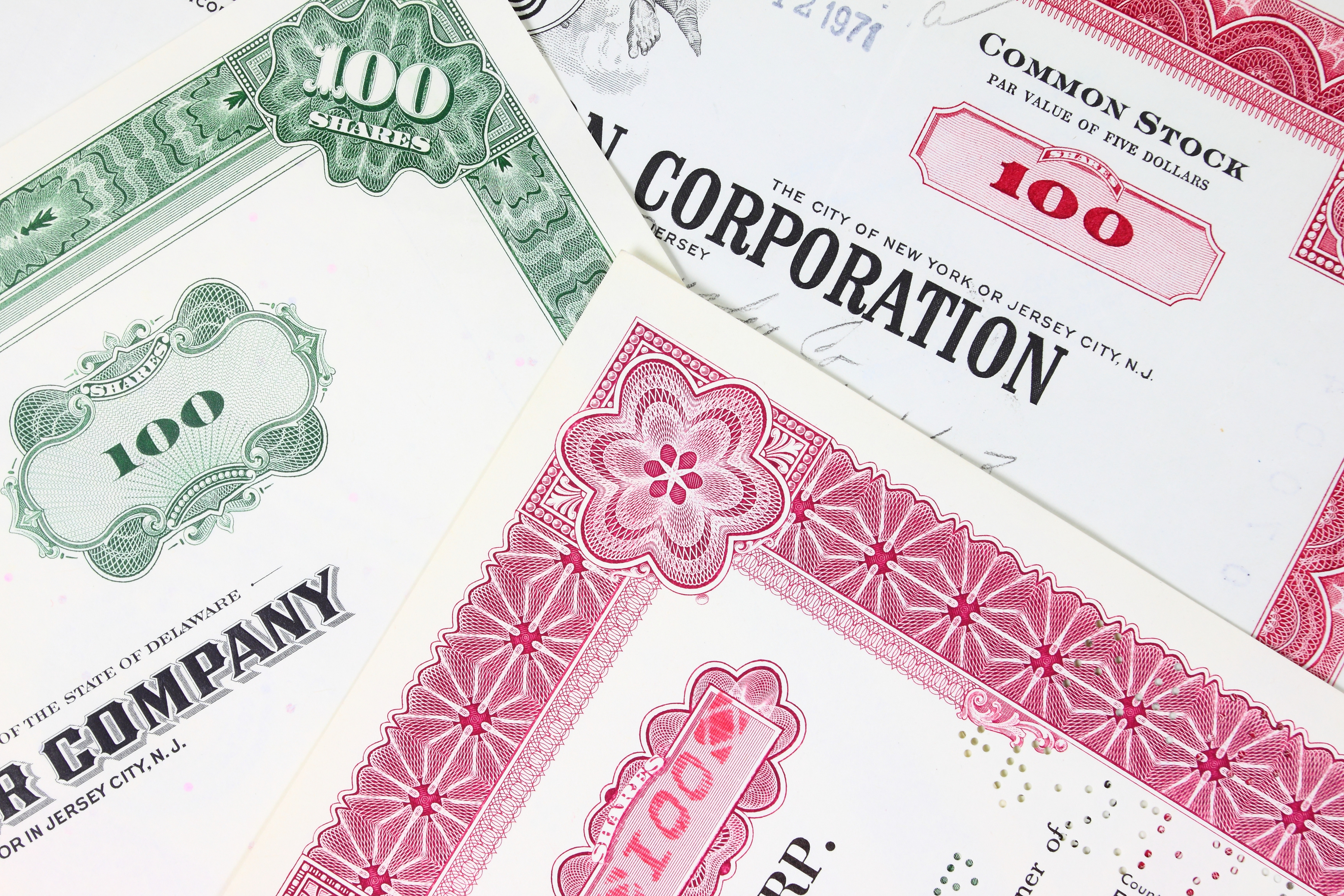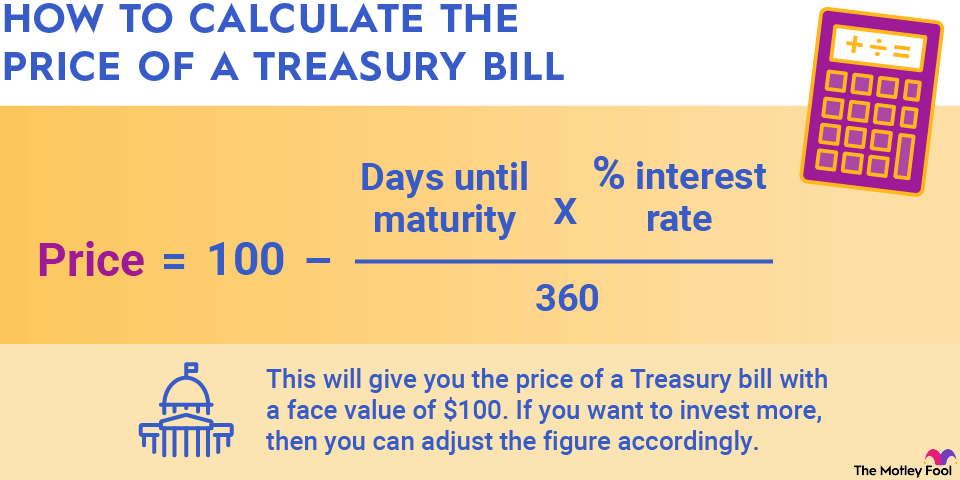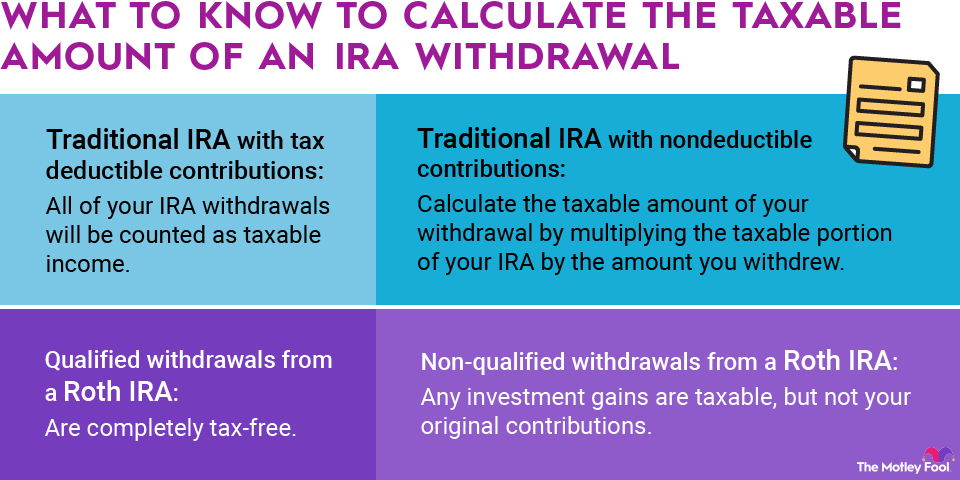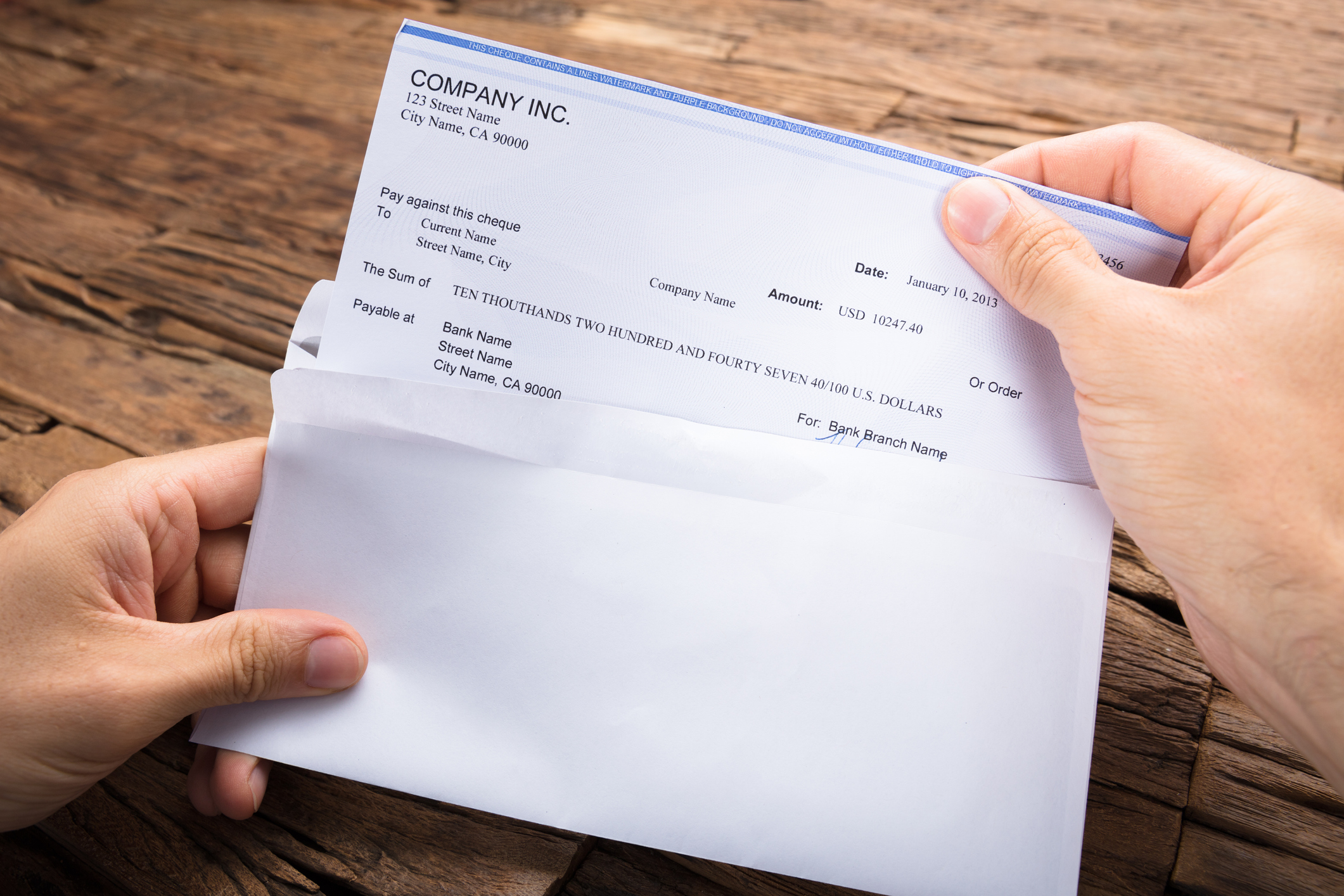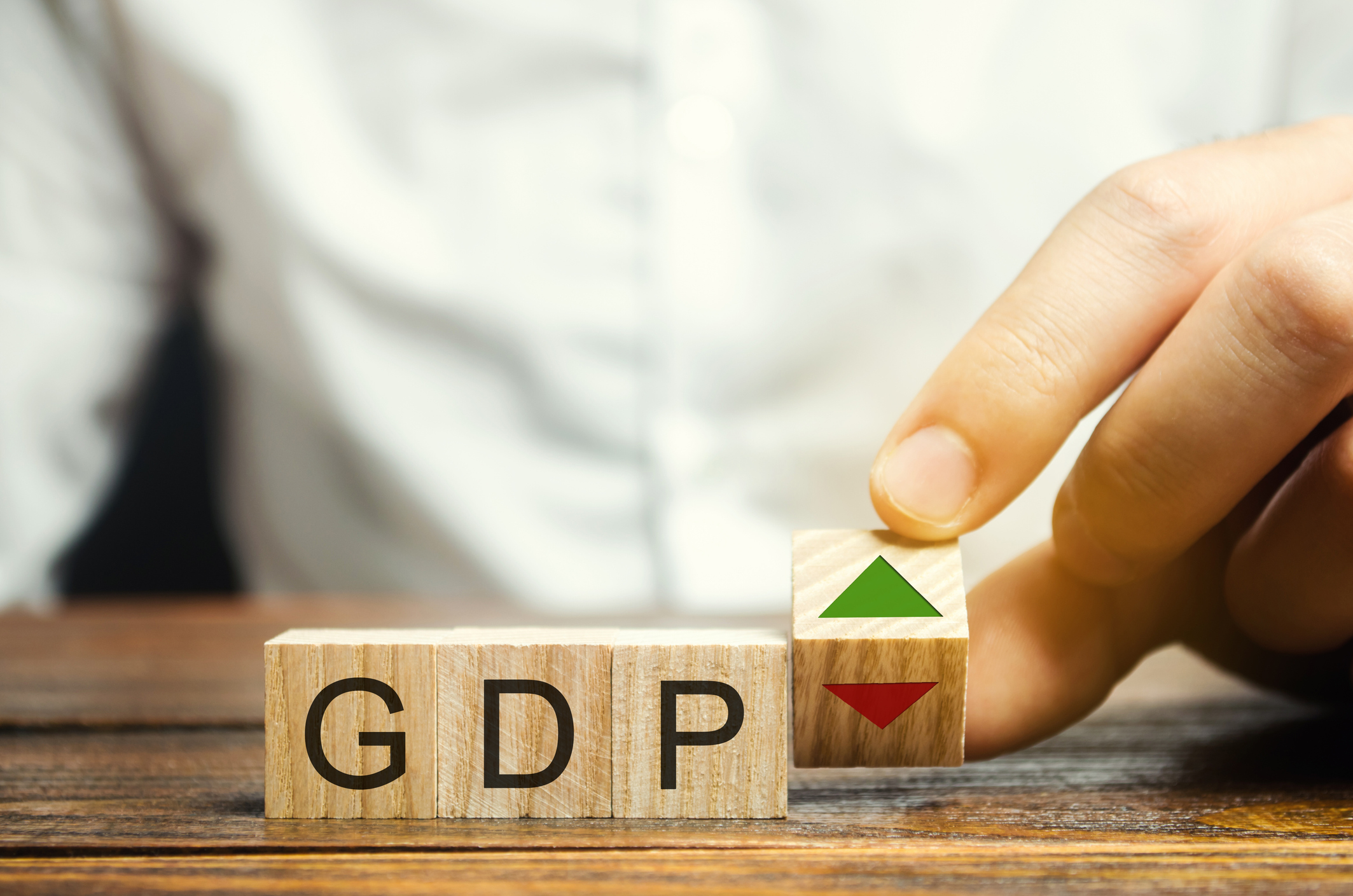People invest to grow their wealth. But even when investors see the value of their portfolios go up, inflation can eat into the real purchasing power of their assets. In order to take the impact of inflation into account, many investors calculate what's known as the "real" rate of return or interest rate on their investments after paying any related taxes.

How real returns work
The goal of a real return is to provide an indication of whether your assets are maintaining their value in terms of being able to purchase the same goods and services over time. Even if the dollar value of your assets rises -- also known as their "nominal" value -- high inflation rates can leave you with a negative real rate of return if your investments don't earn enough to overcome rising costs.
Take a simple example. Say you start with $100,000 and earn a 5% after-tax nominal return over the course of a year. At the end of the year, your portfolio will be worth $105,000 after taxes. Now assume that the inflation rate as measured by the Consumer Price Index also rose by 5% over that period. In that case, it will take $105,000 to buy the same amount of goods and services that cost $100,000 last year. The rise in costs would perfectly match the return on your investments, and so you'd be left with a real return of 0%.
How to calculate a real return
To figure out the real return, you need to know two things. First, you need to figure your after-tax nominal return, which you can get by dividing the value of your investments at the end of the period in question by their value at the beginning of the period. Second, you need to determine the inflation rate over that same period, which you can get by looking at historical data on the CPI.
Once you have those two percentage figures, the calculation is relatively simple. Add 1 to both figures, and then divide the return-based number by the inflation-based number.
Related finance articles
For instance, say your nominal return is 10% and inflation was 4%. You'd take 1.10 and divide it by 1.04, getting 1.0577. Subtract 1 and turn the result into a percentage, and that means that your real after-tax return was 5.77%.
The key for investors is that if your real return is positive, then you're staying ahead of inflation. If it's negative, then you're falling behind. Without adjusting for inflation, you can get misled into mistakenly thinking a rising account balance will be enough to sustain your standard of living into the future.




